
Tech.IT Forward #4 - Topic 1: Overview of SaaS Product Development Life Cycle

Challenges:
- Starting New Projects: Navigating numerous practices without guidance leads to inefficiencies and confusion.
- Role Clarity: Unclear roles result in passive, unproductive teams and miscommunication.
- Collaboration Issues: Integrating teams across regions creates communication challenges and hinders progress.
- Quality Assurance: Maintaining high standards is difficult without continuous improvement and testing.
- Engineering Culture: Building a positive culture enhances engagement, productivity, and innovation.
Challenges and Solutions:
- Starting New Projects: Initiating SaaS projects involves researching and applying numerous practices, often without clear guidance. To address this, establish a structured approach using the SDLC framework, which includes planning, design, initiation, implementation, testing, and closing. This ensures a comprehensive understanding of the project lifecycle and helps in aligning practices with project needs.
- Role Clarity: Unclear roles and responsibilities can lead to passive and unproductive teams. Implementing a RASCI chart helps define roles and prevent work duplication. Developing clear career paths for technical and management roles supports long-term growth and stability, ensuring that team members understand their contributions to project success.
- Collaboration Issues: Integrating teams across different regions can lead to communication challenges. Organizing business and technology teams using the Team Topologies model, such as stream-aligned, enabling, and platform teams, ensures fast flow and effective collaboration. This approach fosters a culture of open communication and teamwork.
- Quality Assurance: Maintaining high standards is challenging without continuous improvement. Implementing feature toggles allows for flexible feature management. Continuous testing and root cause analysis reduce internal bugs. Automation in API and E2E testing enhances reliability and efficiency, ensuring that quality is maintained throughout the development process.
- Engineering Culture: Building a positive engineering culture enhances engagement and productivity. Encourage a mindset focused on delivering value to users quickly and understanding customer expectations. Foster a working environment that increases ownership, engagement, and long-term commitment. Align technical solutions with product roadmaps to create a collaborative and forward-thinking culture.
By addressing these challenges and leveraging the benefits, teams can improve their development processes and deliver high-quality SaaS products efficiently, ensuring long-term success and competitiveness in the market.
Let's watch my topic video for the comprehensive content. Thank you for your time.


Tech.IT Forward #4: Tổng hợp Q&A

